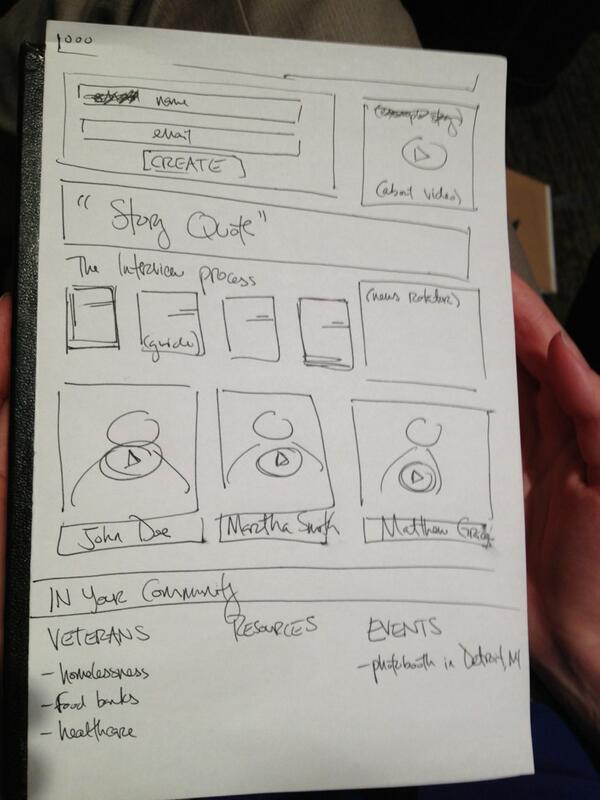Content strategy is a kind of floofy term, and it refers to a relatively new field. I didn’t know what it meant before I spent some time last week in Minneapolis at Confab 2013 with the Facebook content strategy team, learning from the great Kristina Halvorson and her gang of accomplished mavericks changing the way companies think about content creation, delivery and management. Many conference attendees complained that, at their companies, content wasn’t considered until too late in the game, if at all. Inconsistent copy is thrown up on websites without accountability or consideration or strategy.

Journalism has some of the same problems, just backwards.
There’s plenty of content, but it needs to be valuable to readers and monetizable for business purposes. Maybe, if a content strategist peeked at the problems newsrooms are facing, or if our newsrooms editors were better content strategists, she/he might conclude something like the following:
• Journalists should conduct user testing and audience research to improve storytelling experiences for future iterations.
Too often, journalism projects have two problems: (1) More complicated pieces of content are treated like one-off projects. It would take a little extra time initially, but research and user testing after launch may actually save time and improve future iterations. And (2), content is often created for the editor, not the reader, under the (perhaps mistaken) assumption that the editor has fantastic news judgment. Often this knowledge seems to be achieved with surprisingly little feedback, interviewing or user-testing. After all, readers aren’t just readers anymore: they’re users now, too.
• Newsrooms should plan for interdisciplinary involvement earlier in the process to allow for pieces that realize fuller potential.
This is a great idea — it’s just super difficult to pull off in reality. And it’s even more difficult to do it more than occasionally. But we should keep trying.
• Banner ads suck.
In fact, you’re about 478 times more likely to survive a plane crash than purposefully click on one (Thanks, Jared Spool). But when you (the user) don’t pay for a product, you become the product; pay for content or your eyes will be sold. That’s why there are metered paywalls and non-profit alternatives that try to avoid the ad model. But Spool also pointed out that content itself can serve strategic business priorities. Sites should be designed so as to display navigable, sharable content that sells itself, reaches more people on its own, and maintains its value. How to do that? Realize that to design content is to design a service, an experience for your users.
• Zoom out.
Content strategy says that we need to zoom out and think more at the beginning of the process. We need interdisciplinary involvement (writers, developers and designers working together from the start) and user-based decision-making (considering real-life use cases and multiplatform presentation). We need to keep macro goals in mind, even when all-consuming projects lend themselves too easily to tunnel vision.
I’ve learned some of these skills applied to journalism in a couple of my classes in Medill (shout out to j-gilbz and his focus on human-centered storytelling and media product design). And there are plenty of amazing news teams doing these things — producing amazing work that speaks to the future and takes its users into account. And we still have plenty of major problems: the experience of commenting sucks, only the New York Times can pull off metered paywalls, etc. But taking a step back and finding a new strategy from the beginning might be a wonderful place to start solving them.
About the author





